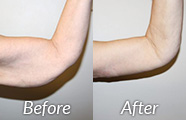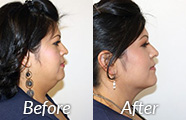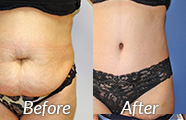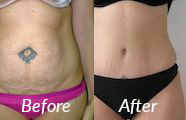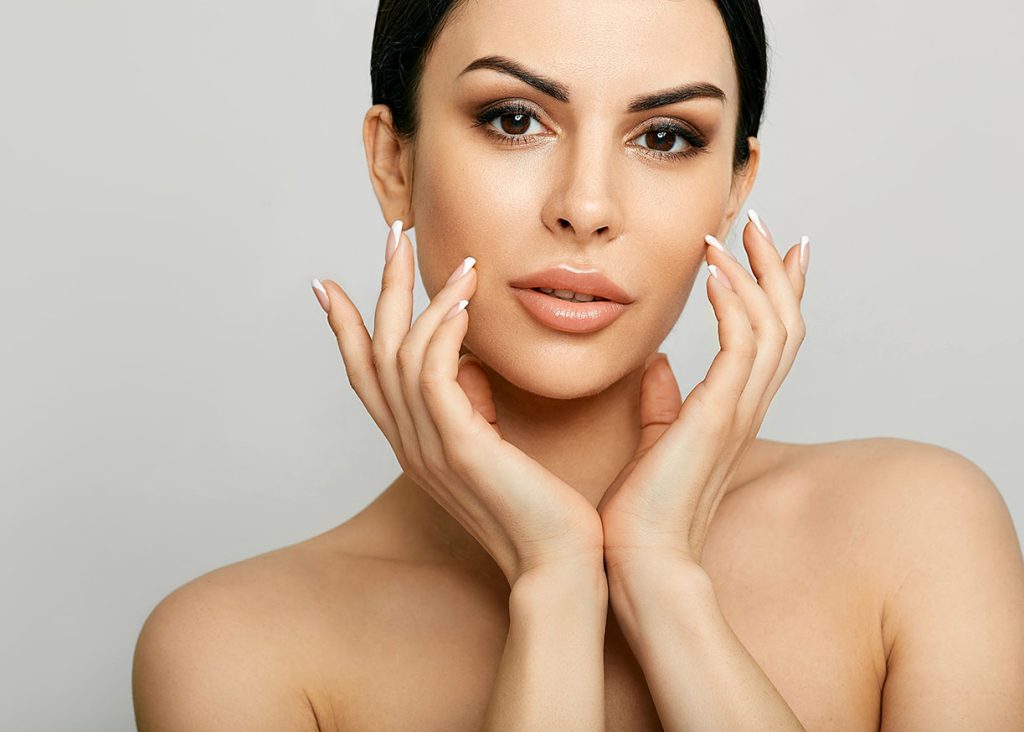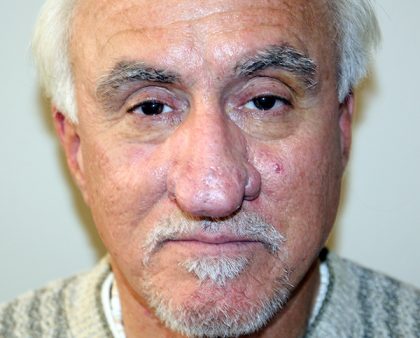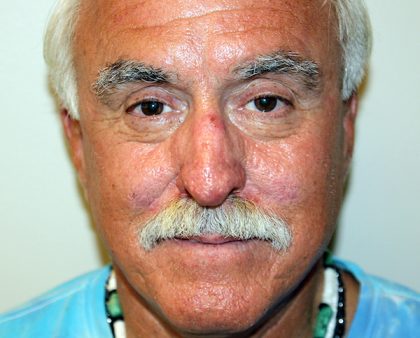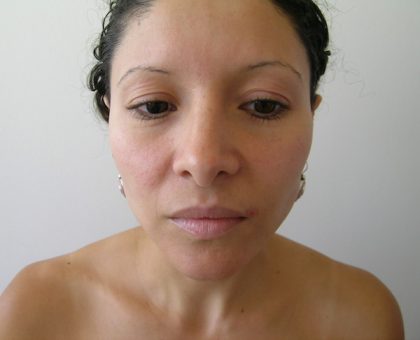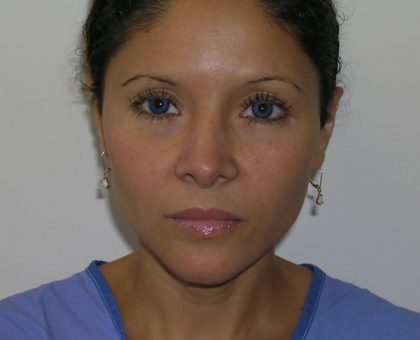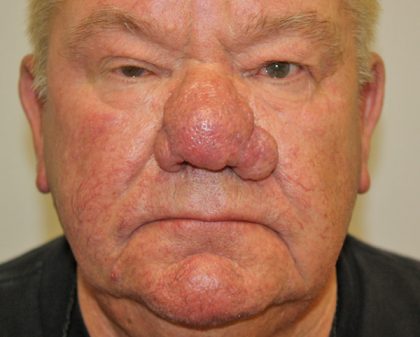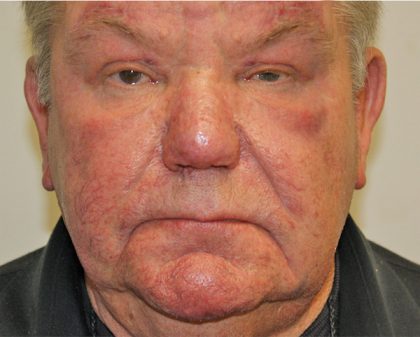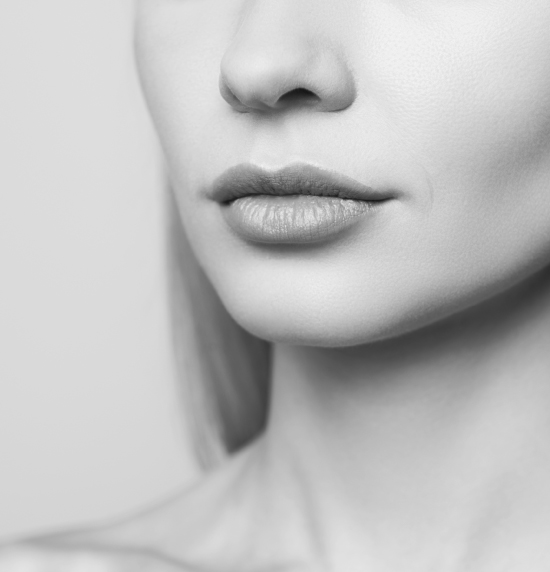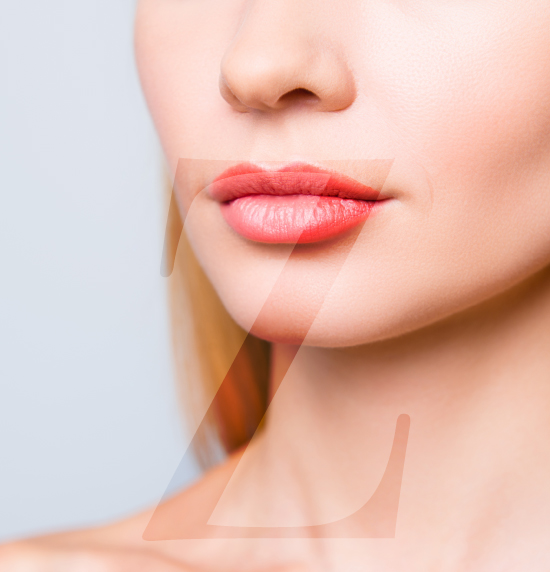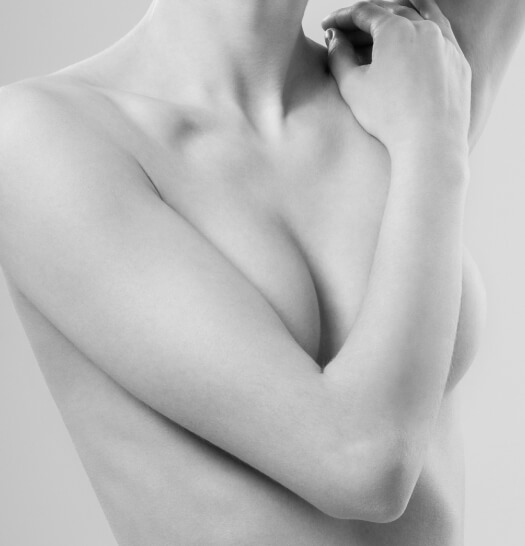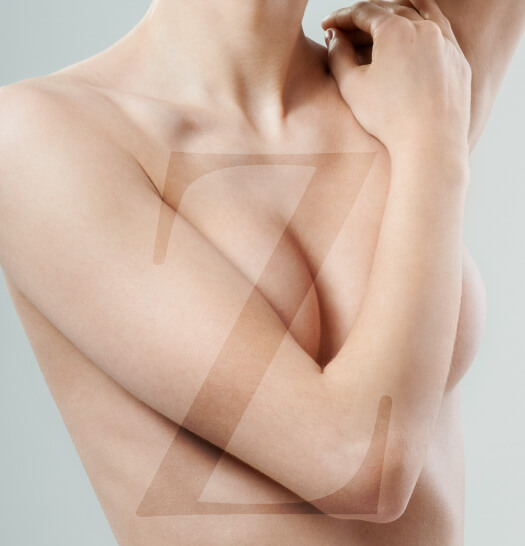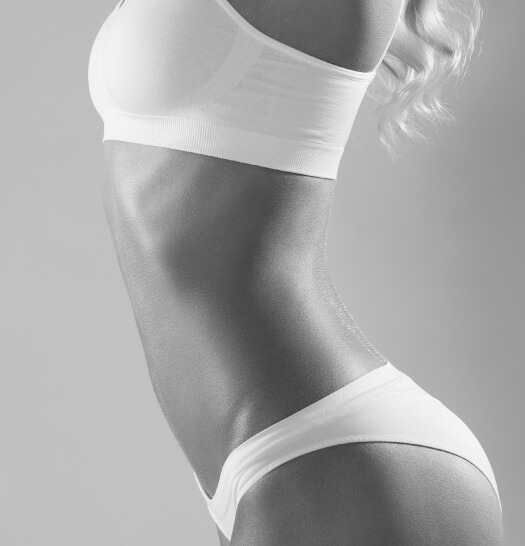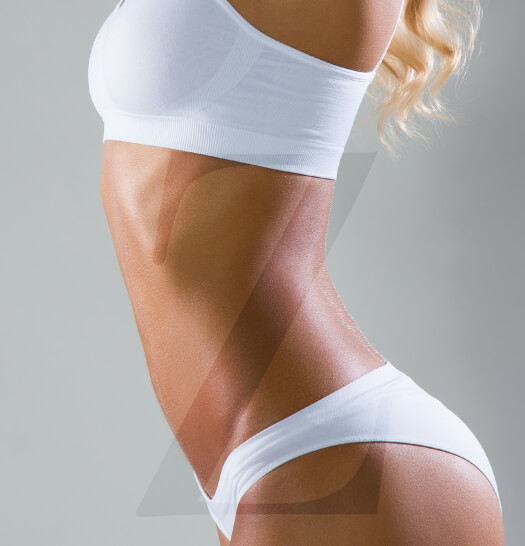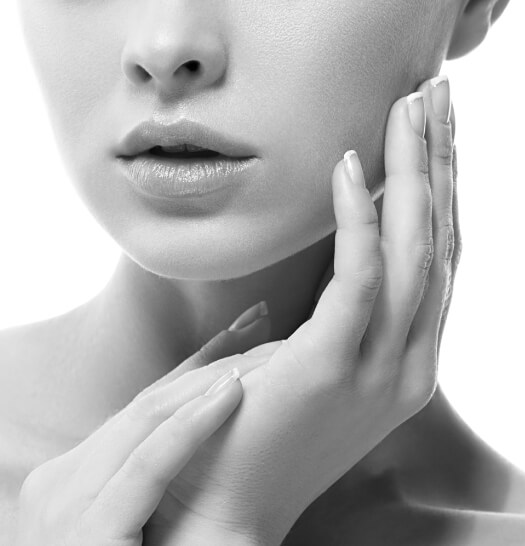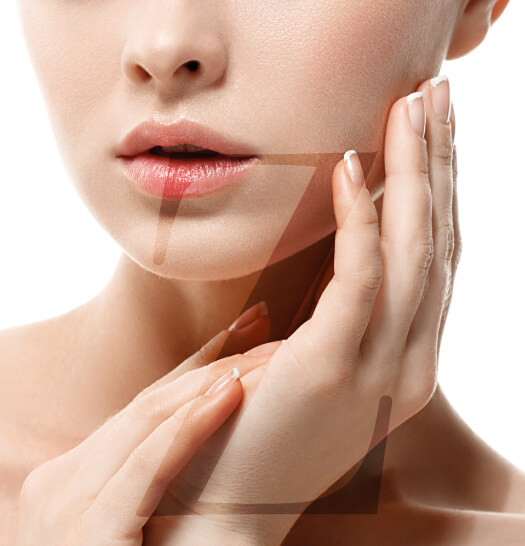Rhinoplasty
Conveniently located to serve the areas of Santa Monica, Beverly Hills and Greater Los Angeles
Nose surgery (rhinoplasty) is one of the most sought-after procedures for both men and women who want a more attractive profile and to correct imperfections of the nose tip, bridge, or nostrils. Rhinoplasty, commonly called a “nose job,” can change the angle, shape, size, and positioning of the nose so that it is more balanced with the rest of the facial features, resulting in a more attractive and youthful appearance. For some patients, rhinoplasty can also correct breathing problems or defects resulting from an accident or injury. Call (310) 584-9990 to schedule an appointment for a personal consultation.
Contents
Before and After Photos
About
Although rhinoplasties are one of the most frequently performed plastic surgeries, they are also considered one of the most difficult. The nose is an incredibly complex organ, and its delicate underlying structure is composed of several different types and layers of tissue, including cartilage, bone, mucosa, blood vessels, skin, fat, fascia, muscles, nerves, and connective tissue.(1) Consequently, it’s essential to choose an experienced surgeon when pursuing a rhinoplasty. As those who are self-conscious about their nose know, there’s no hiding this part of our face!
Like other facial surgeries, rhinoplasties are tailored to the unique needs and anatomy of each patient, and there are a variety of approaches to altering these tissues to achieve the desired results.
What Happens During a Rhinoplasty?
Rhinoplasties are performed for both cosmetic and functional reasons. For example, a dorsal hump reduction creates a smoother profile of the bridge of the nose and is one of the most frequently performed cosmetic rhinoplasties.(2) Those with a deviated septum opt for a functional rhinoplasty in order to correct blocked nasal passages and improve airflow, making it easier to breathe. Surgeons can remove sections of the nasal bones and cartilage, or simply change the angles of the individual pieces of cartilage to improve the shape, size, and function of the nose.
A Tailored Approach
Surgeons need to carefully consider the patient’s unique facial structure to ensure a natural-looking result that complements the rest of their facial features. The nose is one of the primary features that help us identify a person’s gender. The ideal nose for women is typically smaller and more delicate than for men, who usually have larger, more angular nasal features. Each patient’s desires, gender, and ethnicity are taken into account when planning the surgical approach.
Benefits
Rhinoplasty offers several benefits for patients who want a more attractive-looking nose or simply want to fix any imperfections in their profile and facial bone structure. Nose surgery can help to:
- Reduce or increase the size of the nose
- Narrow a wide nasal bridge or nostrils
- Adjust the size and projection of the tip of the nose, or tipplasty
- Align a crooked nose
- Correct any marked deformities
- Improve breathing
- Reshape the nose after injury or an accident
- Create a more balanced facial appearance
Candidates
Good candidates for rhinoplasty are in good health and have realistic expectations of what the procedure can achieve. The nose typically finishes developing for girls around age 15, and for boys around age 17. Younger patients may need to wait until their nose has fully matured before pursuing surgery.(3)
Patients who are self-conscious about their nasal appearance or wish to correct breathing problems should be nicotine-free for the weeks leading up to their surgery and throughout the recovery process. Smoking, vaping, and other nicotine products constrict blood vessels and can impair healing. Additionally, patients should not engage in intranasal drug use, as this can further complicate recovery.(4)
Personal Consultation
During your personal consultation, you’ll have the opportunity to discuss your concerns and goals. After examining the structure of your nose and reviewing your medical history, the surgeon will determine whether you are a good candidate for rhinoplasty.
Preparation
Before surgery, you’ll be given detailed instructions on how to prepare. Following these instructions carefully will ensure a smooth procedure and optimal results. Preparations include:
- Quitting smoking and remaining nicotine free
- Obtaining recovery medications and supplies, and filling prescriptions in advance
- Arrange for a trusted friend or family member to drive you home after surgery
- Discontinuing medications such as blood thinners and NSAIDs, as well as certain herbal supplements as instructed
- Having soft foods on hand, as chewing may be difficult during the first day or two of your recovery
Procedure
Rhinoplasty procedures typically take 3-6 hours, depending on the extent of surgery required, and are performed under general anesthesia. An open approach is commonly used, which involves a small incision at the base of the nose, with most incisions hidden inside the nose. This approach allows for better access to the internal structure of the nose for precise adjustments.
Depending on the patient’s needs, the surgeon alters the bone and cartilage framework to sculpt the desired contour. This may involve trimming, folding, or suturing cartilage or shaving down and repositioning nasal bones. In some cases, a cartilage graft may be required to augment the nasal structure. Once the procedure is complete, the skin is re-draped, and the incision is sutured.
Recovery
A nasal splint and nostril stents may be placed to support healing. Swelling and bruising are common after rhinoplasty, and the surgeon will provide instructions to minimize discomfort and promote recovery. Most swelling and bruising resolve within the first three weeks. A follow-up appointment will be scheduled within the first week to remove dressings and stitches.
Results
Nose surgery can dramatically improve your appearance by removing imperfections and adjusting the size or shape of your nose for a more desirable look. It can take up to a year for any lingering swelling to resolve and final results to become fully visible. However, once they do, you’ll be able to enjoy your results for many years to come.
Cost?
Rhinoplasty procedures are carefully tailored to each patient’s goals. As a result, the final cost of a rhinoplasty will vary slightly from patient to patient. After a personal consultation, we’ll have a better idea of the scope of your surgery and will be able to give you an accurate estimate for the price of your rhinoplasty. Call (310) 584-9990 to schedule an appointment for a personal consultation.
References
- Rettinger G. Risks and complications in rhinoplasty. GMS Current Topics in Otorhinolaryngology, Head and Neck Surgery. 2008;6. https://www.ncbi.nlm.nih.gov/pmc/articles/PMC3199839/
- Dayan E, Rohrich RJ. Developing Consistency in Rhinoplasty. Plastic and Reconstructive Surgery – Global Open. 2020;8(4):e2679. doi:https://doi.org/10.1097/gox.0000000000002679
- Gupta P, Tripathi T, Singh N, Bhutiani N, Rai P, Gopal R. A review of genetics of nasal development and morphological variation. Journal of Family Medicine and Primary Care. 2020;9(4):1825-1833. doi:10.4103/jfmpc.jfmpc_1265_19
- Rohrich RJ, Ahmad J. Rhinoplasty. Plastic and Reconstructive Surgery. 2011;128(2):49e73e. doi:10.1097/prs.0b013e31821e7191


